9 Facts About Lake Titicaca to Impress Your Friends With
/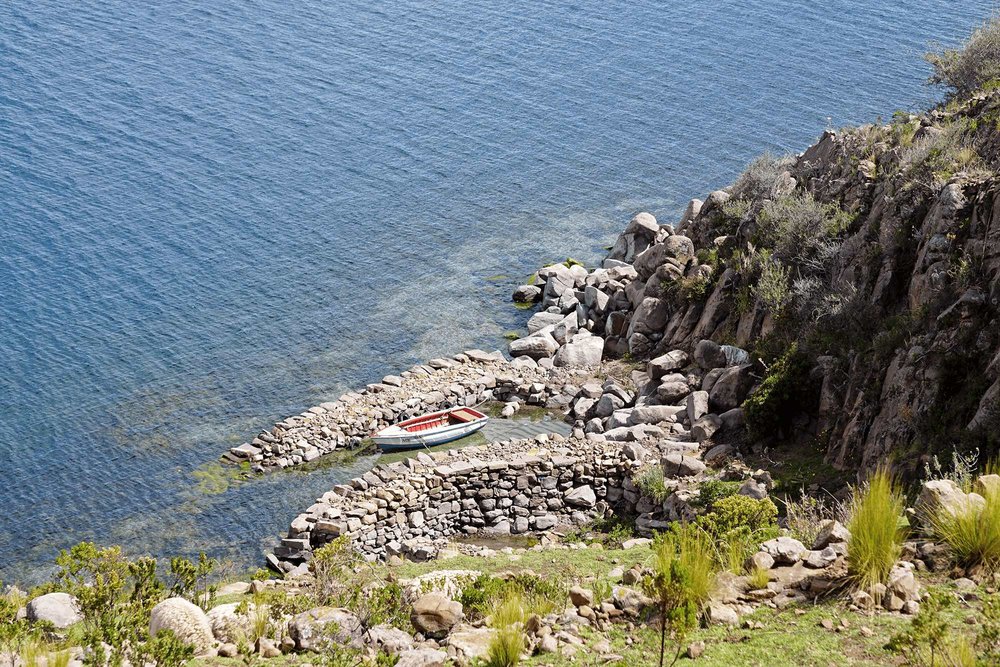
Taquile island | Lake Titicaca, Peru
Like you, I have heard the name Lake Titicaca a lot; and the child in me still giggles when I hear silly variations of body parts.
However, I have to admit that although I was familiar with the name "Lake Titicaca", I was unfamiliar with why.
What was the significance of Lake Titicaca? Why is it so famous?
With one month in Peru, I knew I was going to experience Lake Titicaca first hand. I love lakes there is something so serene and magical when water meets earth, especially when there is a forest of trees to compliment it, but I also felt drawn to this lake in particular to see why it is so famous!
The most common way of visiting Lake Titicaca is a day-trip as options for accommodations are limited. Instead of a day-trip, my friend and I decided to spend 2 days and one-night on the lake. With our two days on Lake Titicaca, we would visit three different islands; Uros, Amantani and Taquile.
Here's what I discovered about Lake Titicaca.
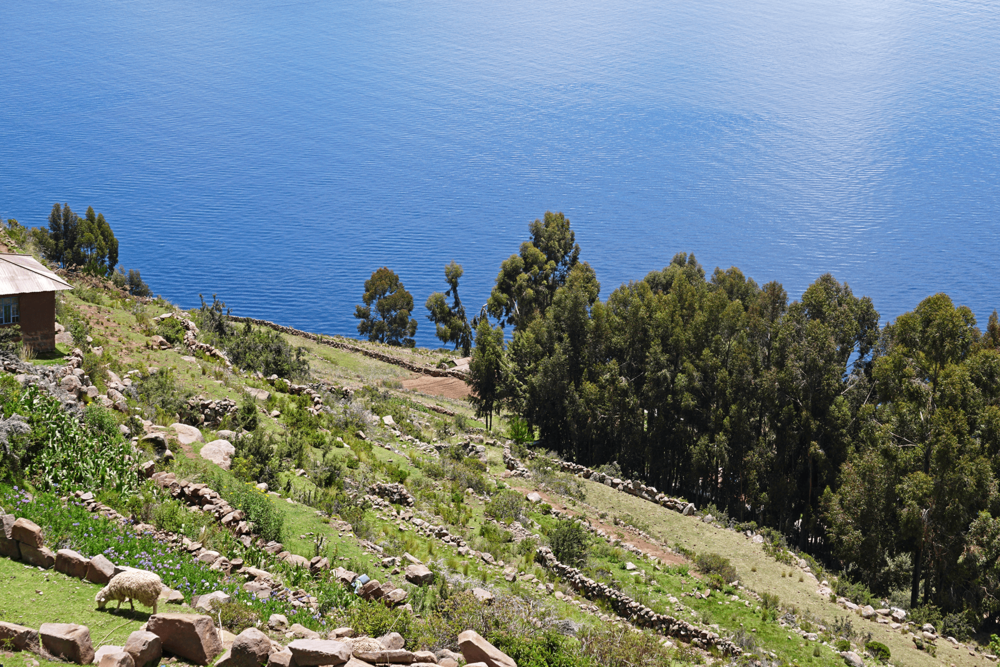
Taquile island | Lake Titicaca, Peru
1. Lake Titicaca is the Highest Lake in the World
At 12,500 feet (3,810 meters), Lake Titicaca is the highest navigable or large lake in the world, meaning it's the highest lake in the world that boats can navigate.
2. It's also the Largest Lake in South America
It's also the largest lake in South America! It has a surface area of 8,400 km2, of which 3,690 km2 are on Bolivian territory. Lake Titicaca has several depths, the maximum depth being 283 meters deep (930 feet).
3. Lake Titicaca is the "Cradle of the World"
To the Incas, Lake Titicaca is the birth place of the sun and its' people. In essence, they believe the world began at Lake Titicaca and therefore call it the "cradle of the world".
4. Lake Titicaca is in Both Peru and Bolivia
The lake straddles both Peru and Bolivia, 56% is on the Peruvian side and 44% is on the Bolivian side.
5. It's Home to the Famous Floating Islands, Uros

Demo of the boats That were Used

Lake Titicaca has 41 islands, including the famous floating reeds. The floating islands, called Uros, are actually man-made islands! The floating islands were built by the Uru people and made them so they could move them if they were threatened by hostile invaders.
When we visited Uros, it was rather quick. We received a rushed demo of how the islands, boats and homes were created with the reed materials, followed by a peek inside the homes, and then we were off less than 1 hour from the time we arrived.
6. One Island has 180 Inca Ruins!
The island named Isla del Sol, or Island of the Sun, on the Bolivian side is the largest island on Lake Titicaca and is home to roughly 180 Inca ruins!
If you are not going to Lake Titicaca from Bolivia, but from the Peru side like I did, you can see Inca ruins on the island of Amantani. There are two inca sites here that sit on the two peaks of the island Pachatata and Pachamama, and beautiful agricultural terraces between them.
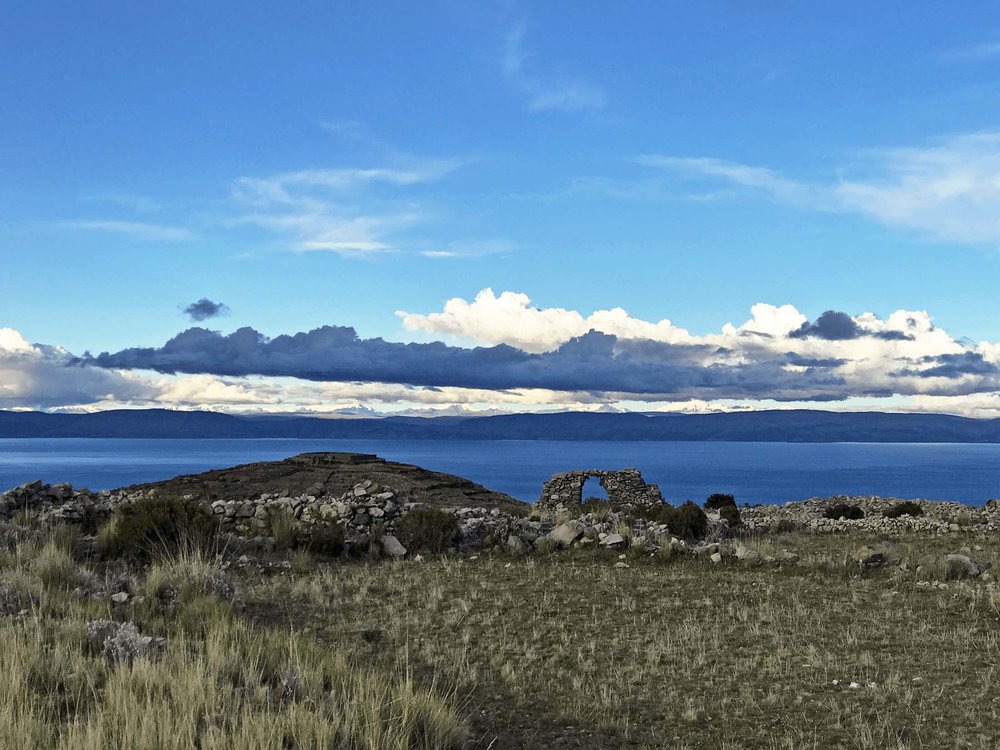
View of Pachatata from the other peak, Pachamama
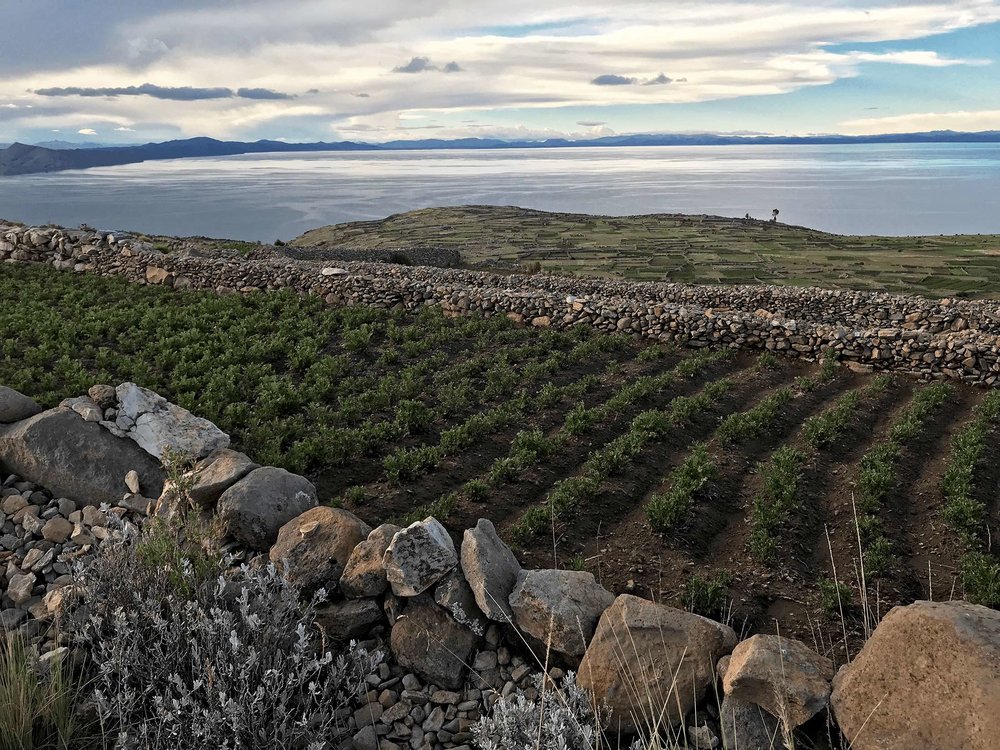
ancient terraces
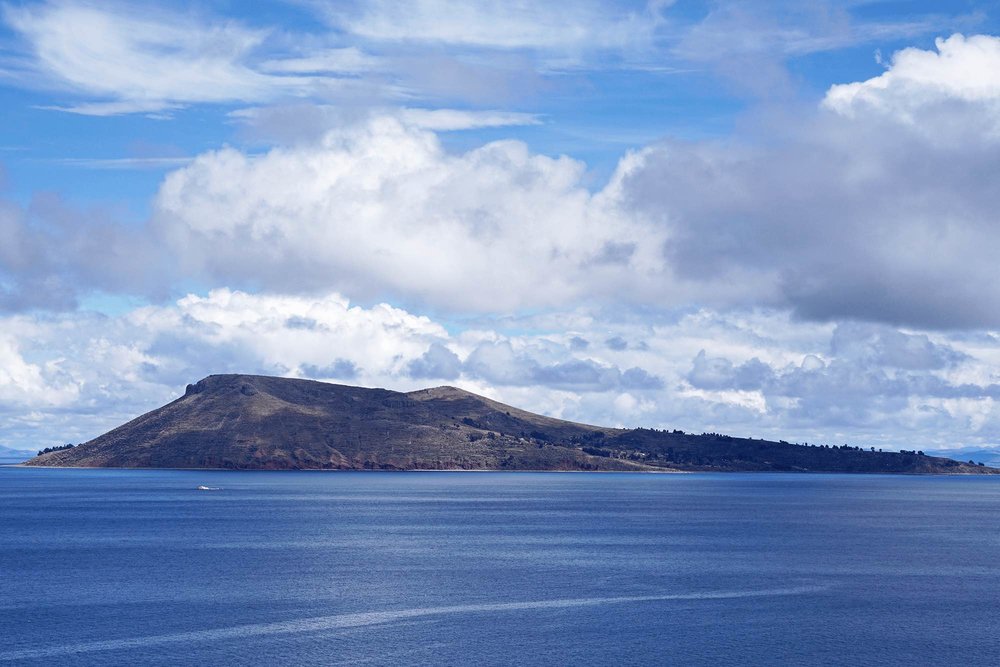
amantani island on Lake titicaca as seen from taquile island.
7. Home to Not Just the Incas
Before the Incas, other peoples resided at Lake Titicaca and left their marks on the culture including the Urus, Pukara, Tiwanaku and Collas.
8. It Started With Quake
The lake was formed about 60 million years ago when a massive earthquake hit the Andes Mountains, splitting the range in two and creating a hallow which then filled with water from melting glaciers.
9. 25+ Rivers Flow Into Lake Titicaca, and Only 1 Flows Out!
More than 25 rivers and many glaciers feed the lake, but there’s only 1 river that flows outward. One small river, the Desaguadero, drains the lake at its southern end. This single outlet empties only 5% of the lake's excess water; the other 95% is lost by evaporation under the fierce sun and strong winds. Pretty nuts!
So the next time Lake Titicaca comes up in conversation (and we know it will!), here are 9 facts that you can impress your friends with.
Getting to Lake Titicaca
You can reach Lake Titicaca from the town of Puno on shore of the Peruvian side, and the town of Copacabana on the shore of the Bolivian side.
traveler’s tip: While there are many hotels around the lake in the bigger cities, the most common form of accommodations on the lake are a homestay with a local family. Pretty neat!
If you are staying the night at a home stay on Amantani, it is recommended for you to bring a gift of a food staple such as rice or cooking oil (no sugar please since there are no dentist facilities), fresh fruit to share is always extremely welcomed!
We were so grateful we spent two days on Lake Titicaca because our favorite parts of exploring the lake were in fact not the famous Uros floating reeds, but the islands of Amantani and Taquile. You cannot see Amantani island unless you spend the night on the lake as it’s over a 3 hour journey from the main town of Puno, Peru.
Next: Ways to Spend a Week on Lake Atitlan, Guatemala
Visit Peru
Do you want to finally see what the fuss about Lake Titicaca, Peru is for yourself?
I’ve been to Peru. I’ve ridden the busses, walked the streets, and seen the sights; so we know what to do and what not to do. More importantly, I know how to optimize every experience to save you time, energy, stress and money and make the most of your precious vacation time. Trust Sapphire & Elm Travel to craft a truly memorable and stress-free vacation, unique to you.
Book a one-on-one consultation call to discuss planning your one-of-a-kind vacation to Austin, or hire me for a full-service approach.



